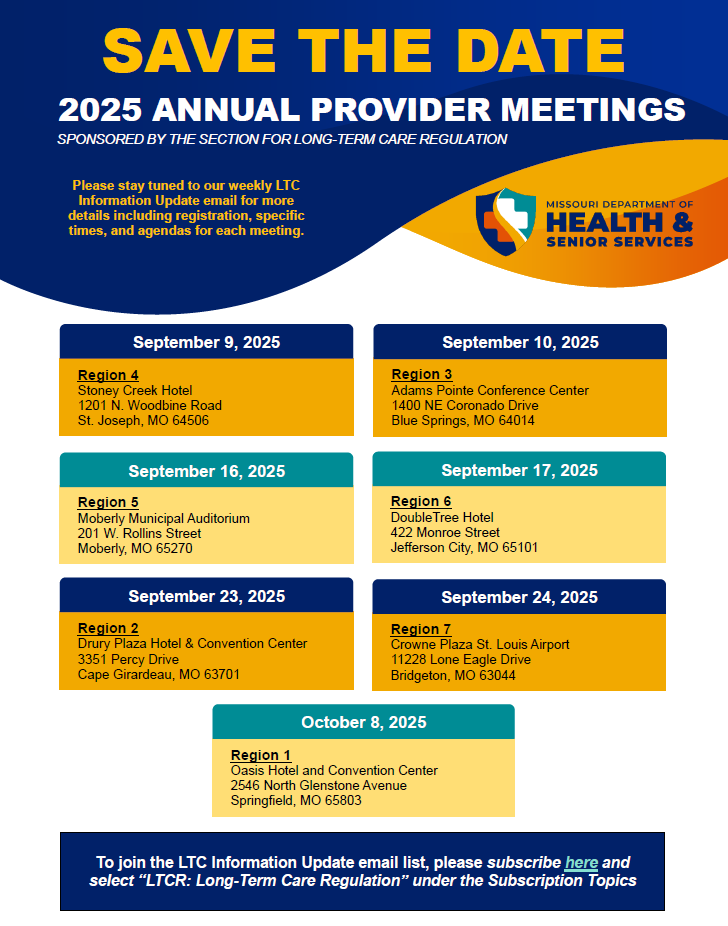This information is intended for Facility users of the Long-term Care Component (LTC) of NHSN.
Long-term care facilities (LTCF) participating in the Healthcare-Associated Infection (HAI) modules, including those tracking urinary tract infections, laboratory-identified events for C. difficile, multidrug-resistant organisms, and prevention process measures, are required to complete and submit the LTCF Annual Facility Survey in the NHSN application portal.
Although the deadline of March 1st has passed, facilities can still complete the survey to retain full access to all previous HAI data and functionality. While the Annual Facility Survey is not required for facilities only reporting in the Respiratory Pathogens and Vaccination (RPV) module, we highly encourage all LTCFs to complete it. Your participation helps to provide more tailored resources and support for the Long-Term Care community.
Here’s a summary of the key details to assist with completing and submitting the survey:
- Accessing the Survey: You can find the survey under the “Action Items” section or by clicking the “Surveys” tab on the left navigation panel on the NHSN application home page.
- Survey Period: The survey covers facility characteristics and practices from January 1, 2024, through December 31, 2024.
Submission Requirements:
- Only one survey is required per facility, and it must be submitted by the designee with administrator rights.
- The survey must be completed electronically and submitted within the NHSN application.
- The survey must be completed in a single session as incomplete surveys cannot be saved.
Important Reminder: Surveys submitted via email will not be accepted.
Alert: Although completing the survey is not mandatory for facilities primarily reporting in the Respiratory Pathogens and Vaccination module, it is encouraged. Consequently, the Alert will remain visible on your dashboard.
Paper Form: A paper version of the survey (for data recording purposes only) and the table of instructions are available at the following links:
Important Note: We encourage users responsible for submitting the annual survey to review the form before accessing it within NHSN. You may need to consult with other members of your organization to complete certain questions.
Additionally, a guidance document on how to complete the annual survey can be found here on the NHSN webpage.
Please use NHSN-ServiceNow to submit questions to the NHSN Help Desk. The portal can be accessed here or through your CDC Secure Access Management Services (SAMS) account. After logging into SAMS, the NHSN-ServiceNow link is located at the bottom of the page.
Thank you for your continued commitment to improving care in long-term care settings.

